Introduction
In the wide universe of industrial robotics, two names stand out exceptionally which are YASKAWA and FANUC. These companies have been at the forefront of manufacturing automation for several years, supplying state of the art robotic systems to industries worldwide. At the heart of their robotic prowess lies advanced programming languages engineered to meet the demanding requirements of industrial applications. To unravel the machinery mastery behind YASKAWA and FANUC, it is significant to unlock the secret of their programming languages.
YASKAWA
YASKAWA, since its initiation, has been a revolutionary force in industrial automation. They utilize several programming languages for their automation systems and robotic controllers. Depending on the application and requirements, YASKAWA may use different programming languages. They are known for their expertise in manufacturing industrial robots and automation solutions. Through the understanding of their programming languages, they can unlock the full potential of industrial robots. Therefore, making it essential to understand these types of languages.
-
Motoman robots
It is a division of YASKAWA Electric Corporation which focuses on industrial robots. These robots are mainly programmed using a language that is called INFORM. INFORM is a highly advanced programming language that was developed by YASKAWA for programming Motoman robots. Moreover, it allows users to generate complex robot programs with the help of English-like commands, this makes it even more user-friendly for both skilled programmers and even those who are new to robotics programming.
-
Motion controllers and PLCs
YASKAWA’s motion controllers and programmable logic controllers (PLCs) usually utilize IEC 61131-3 compliant programming languages. These are a few of the common languages within the EIC 61131-3 standard:
- Structured text (ST): it is a high-level text-based language that is similar to Pascal or C and is used mainly for complex algorithms.
- Function Block Diagram (FBD): FBD is a graphical language that uses function blocks to represent control functions
- Ladder Diagram (LD): it is a graphical language built on relay logic diagrams, broadly used in industrial automation.
-
Robotics software platforms
YASKAWA also provides several software platforms that support various programming languages, including those that are suitable for designing robotic applications. Furthermore, YASKAWA offers robot operating systems ROS-compatible solutions, that then enable users to leverage this open-source middleware for developing advanced robotic applications.
-
Specific application software
Depending on the specific application and industry, YASKAWA may offer specialized software that supports domain-specific programming languages. For example, in the field of CNC (Computer Numerical Control) machines, YASKAWA controllers may support programming languages like G-code and M-code for controlling toolpaths and machine operations.
FANUC
FANUC Corporation, located in Japan, is without a doubt the global leader in manufacturing industrial robots, CNC systems, and factory automation solutions. FANUC robots and CNC systems are widely known for their precision, reliability, and versatility across various industries such as automotive manufacturing, electronics, aerospace, and more. When it comes to programming FANUC robots and CNC systems, various programming languages and interfaces are used to meet the different needs of users. The programming languages commonly associated with FANUC products are as follows:
-
FANUC Robot Programming:
FANUC robots are often programmed using a proprietary language known as KAREL (Kawasaki Robot Language).
-
KAREL (Kawasaki Robot Language):
KAREL is a high-level programming language specifically designed for programming FANUC robots. It allows users to create custom functions, control robot movements, handle I/O operations, and implement complex logic. KAREL programs can be written and edited using dedicated development environments provided by FANUC.
-
Teach Pendant Programming:
FANUC robots can also be programmed using teach pendants, which are handheld devices equipped with screens and control buttons. Teach pendant programming involves manually guiding the robot through desired motions and teaching it specific tasks. While not a traditional programming language per se, teach pendant programming is an intuitive method widely used for robot programming and task teaching in FANUC systems.
-
CNC Programming:
FANUC CNC (Computer Numerical Control) systems, used in machining operations such as milling, turning, and grinding, support various programming languages tailored for CNC machining.
-
G-code:
G-code is the most common programming language used to control CNC machines, including FANUC CNC systems. It consists of a series of alphanumeric codes that specify tool movements, spindle speeds, feed rates, and other machining parameters.
-
Custom Macro (G65):
FANUC CNC systems often support Custom Macro programming, which allows users to create custom functions and automate repetitive tasks within CNC programs. Custom Macro programming involves using predefined variables, arithmetic operations, conditional statements, and loops to enhance the capabilities of CNC programs.
-
Additional Programming Interfaces:
FANUC provides various software tools and interfaces to facilitate programming and integration with their robots and CNC systems. These tools may include graphical programming environments, simulation software, and communication protocols for interfacing with external devices and systems.
Additional features
While INFORM and KAREL serve as the primary programming languages for YASKAWA and FANUC robots, respectively, both companies offer additional tools and frameworks to enhance the programming experience. YASKAWA, for instance, provides the Motion Works IEC development environment, which integrates seamlessly with INFORM and offers advanced features such as motion control algorithms and PLC integration. Similarly, FANUC offers the ROBOGUIDE simulation software, allowing programmers to test and validate their KAREL code in a virtual environment before deploying it on actual robots.
Conclusion
All in all, the programming languages of YASKAWA and FANUC represent the culmination of decades of innovation and expertise in industrial robotics. From the user-friendly syntax of INFORM to the real-time control capabilities of KAREL, these languages embody the ingenuity and precision required to navigate the complexities of modern manufacturing. They empower users to unleash the full potential of industrial robots. Programming languages play an essential role in driving the automation revolution, from increasing productivity to enhancing workplace safety.
As industries continue to embrace robotics technology, the demand for skilled programmers proficient in INFORM, KAREL, and other robotic languages will only continue to grow. Therefore, in the future, one thing is clear: the mastery of these programming languages will be indispensable for unlocking the full potential of industrial robots and shaping the factories of tomorrow.
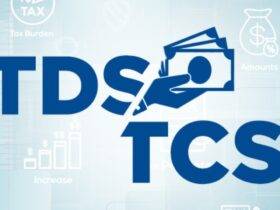
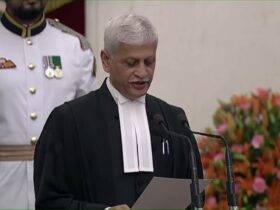

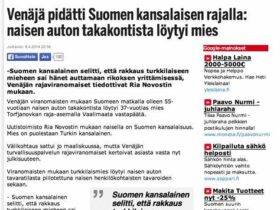

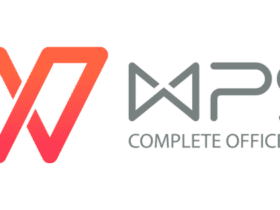









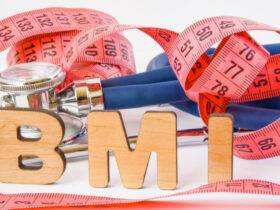

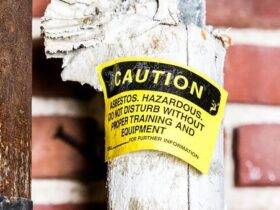






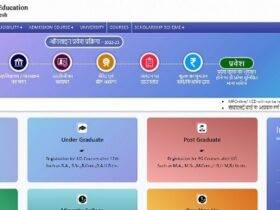








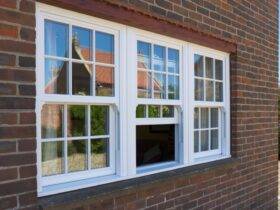
Leave a Reply